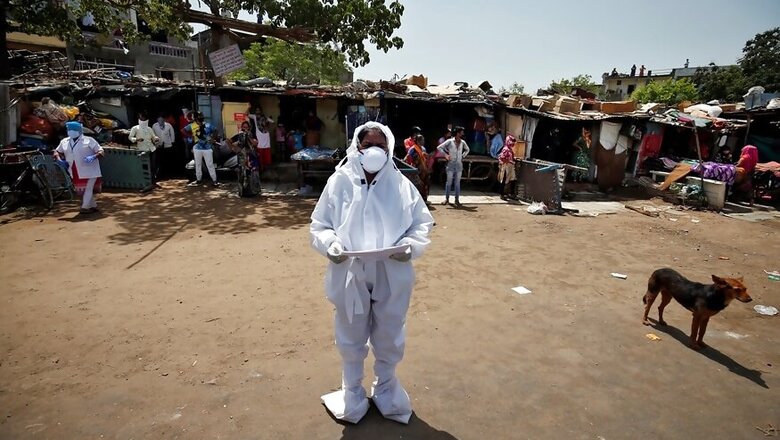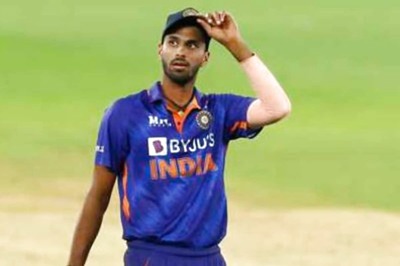
views
One of the criticisms of the government's response to Covid-19 is that many people with other critical illnesses are being overlooked because authorities have dedicated an inordinate number of resources in fighting the novel coronavirus.
Maya John, who teaches in the University of Delhi, works on the history of modern epidemiology and epidemics, and is affiliated with Gharelu Kamgar Union — an association of domestic workers in Delhi-NCR — is one of them. In an interview with News18, she talks about the state of domestic workers and argues that a clear class bias is visible in the government's response to the ongoing public health crisis.
In a recent article you argued that many other illnesses, like tuberculosis, were a much bigger threat for the poor and marginalised than Covid-19. Could you revisit that point for us?
I feel that in the paranoia over the novel coronavirus, many other contagious diseases are being overlooked. There is a comorbidity issue here, of course. Combined with already existing diseases, Covid-19 could make your situation worse. But I believe that there is a sinister synergy between these diseases and socio-economic inequality. Covid-19 has been given singular prominence.
There is a cure for tuberculosis and people are still dying of it. Not enough resources are pumped into it because it essentially is a poor person's disease. Its antibiotics are very expensive. TB exists independently and affects the poor who depend absolutely on the public health system. TB is more contagious than Covid-19. Its underlying bacteria reproduces much faster than the Covid-19 virus. And it's much more lethal than Covid-19. More people recover from the coronavirus than they do from TB.
But poor people continue to die from tuberculosis because their samples are not taken. Doctors work with symptomatic treatment. Your disease surveillance system is not working with objectivity. There's obviously a class bias and a region bias in what we're seeing of our public health system today.
In what ways have you seen this class bias play out in the ongoing health crisis?
I know of an 18-year-old boy with tuberculosis and lung cancer who reached a hospital while he was bleeding. But they just dressed him up and sent him home again. You know why? Because all resources are being used to address the Covid-19 problem. That's why there aren't enough nurses and doctors. Now who is to decide what is critical?
We know the source of this disease. Elite travellers returned home from abroad. They were not quarantined. The government was lax with its protocols which is why people hid their travel histories, went partying around the town and became superspreaders. This was a disease caught by the rich but its biggest cost will be paid by the poor.
With the government easing up the restrictions, is the situation improving for the poor? Have the financial packages helped?
Right now people are being forced to live in cities without getting any compensatory wages. They're living in such filthy spaces, 8-feet-by-8-feet tin sheds, with no water supply for hours, and then people expect you to have washed your hands or they wouldn't allow you to work. The whole system is set against them. They are being turned away from hospitals: ailing people, pregnant women.
The last 15 days have been a real tussle. Governments have very conveniently left it up to the RWAs to take important decisions. Arbitrary blood tests are being done. Maids are not being allowed to take the lifts. These are very, very tall buildings we are talking about. So the maids are expected to climb up and down these stairs all day. This on top of them not being paid for March, April, May.
People are, of course, hungry and agitated. But it's the sense of pride which has taken the biggest hit. What they earned with pride, through hard work, they have now been forced to beg for. Then there are stories of death and despair. And it doesn't seem that the labour and finance ministries are working with any coordination. Nirmala Sitharaman while announcing the second tranche said her ministry was providing for 8 crore people, when there are at least 20 crore intra-state and inter-state migrants, according to government's own estimates.

















Comments
0 comment